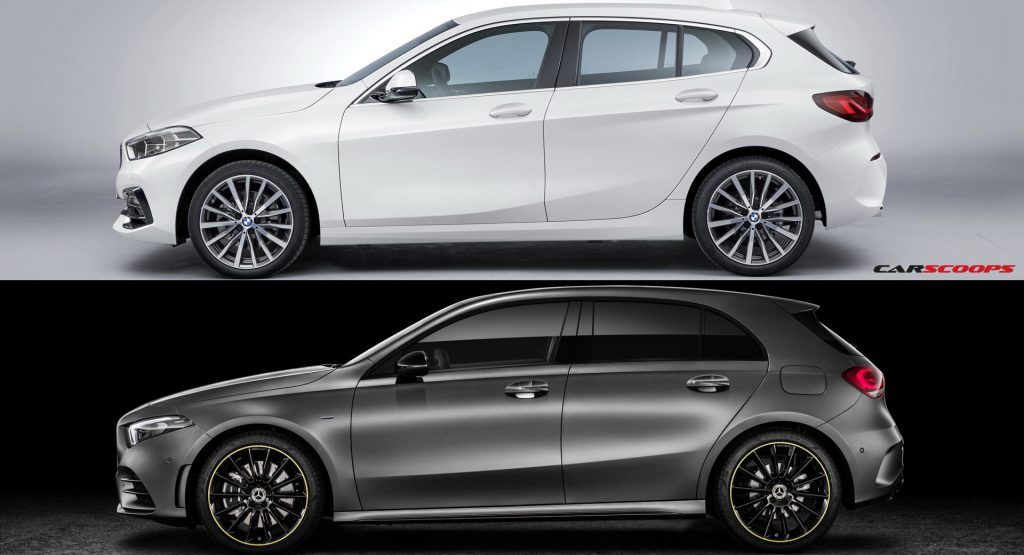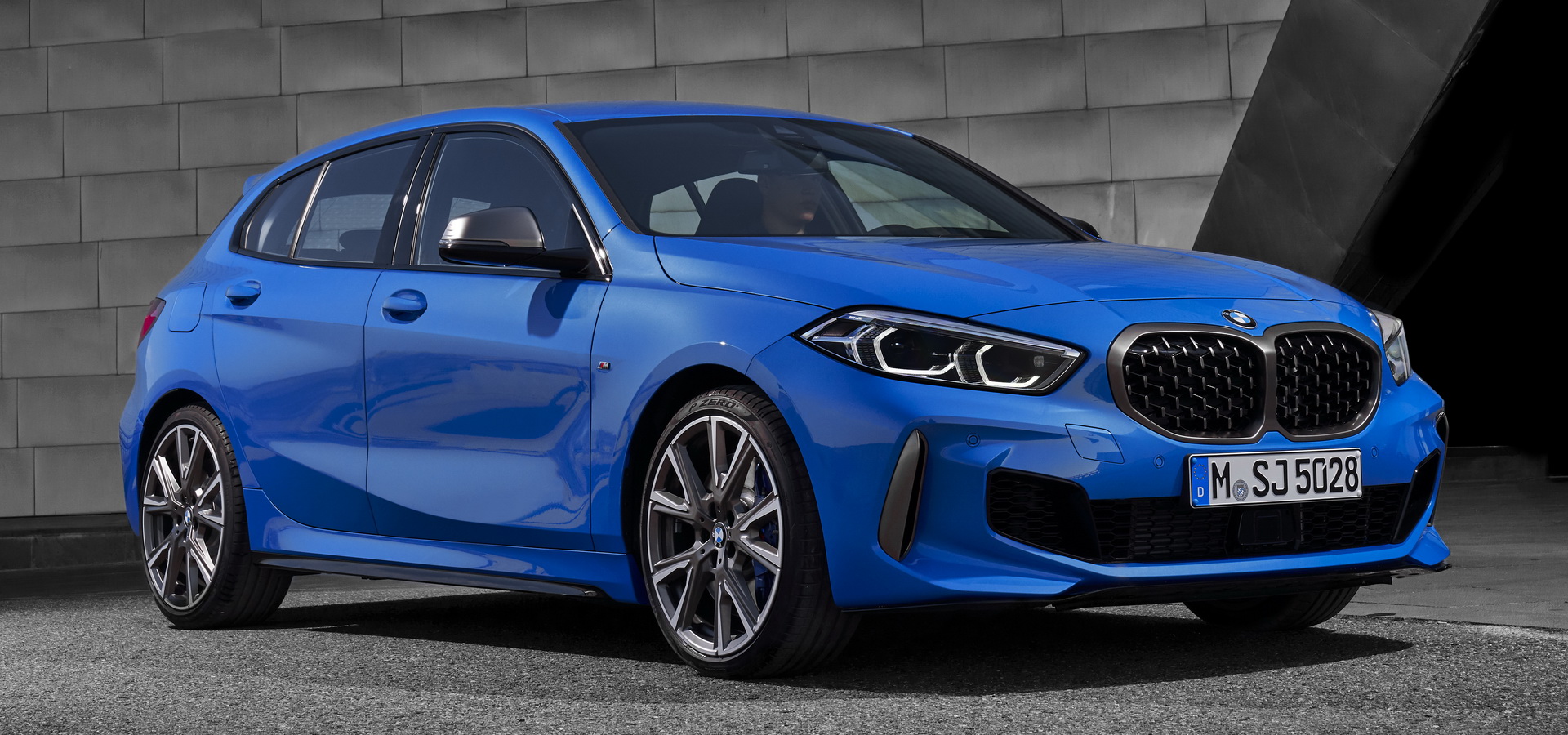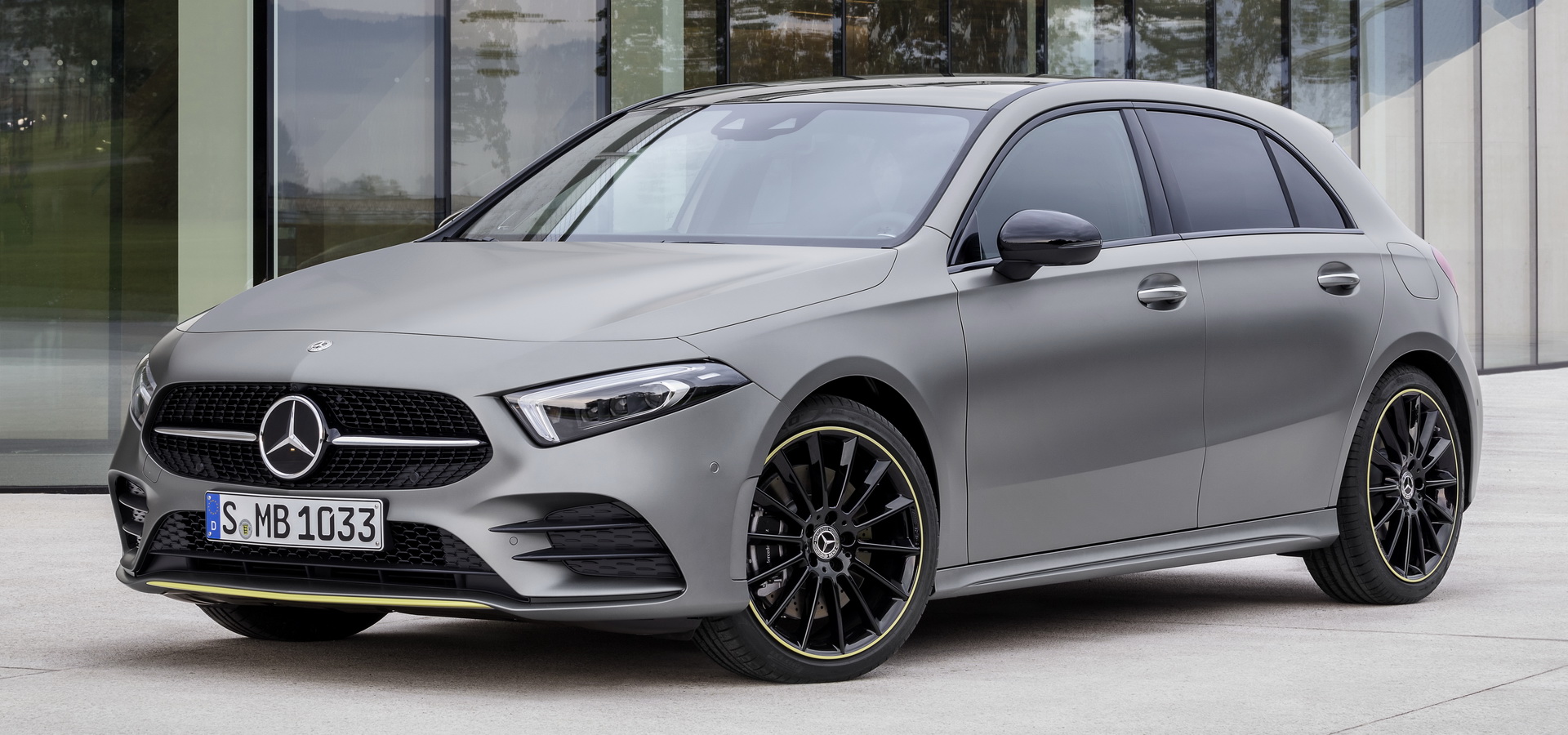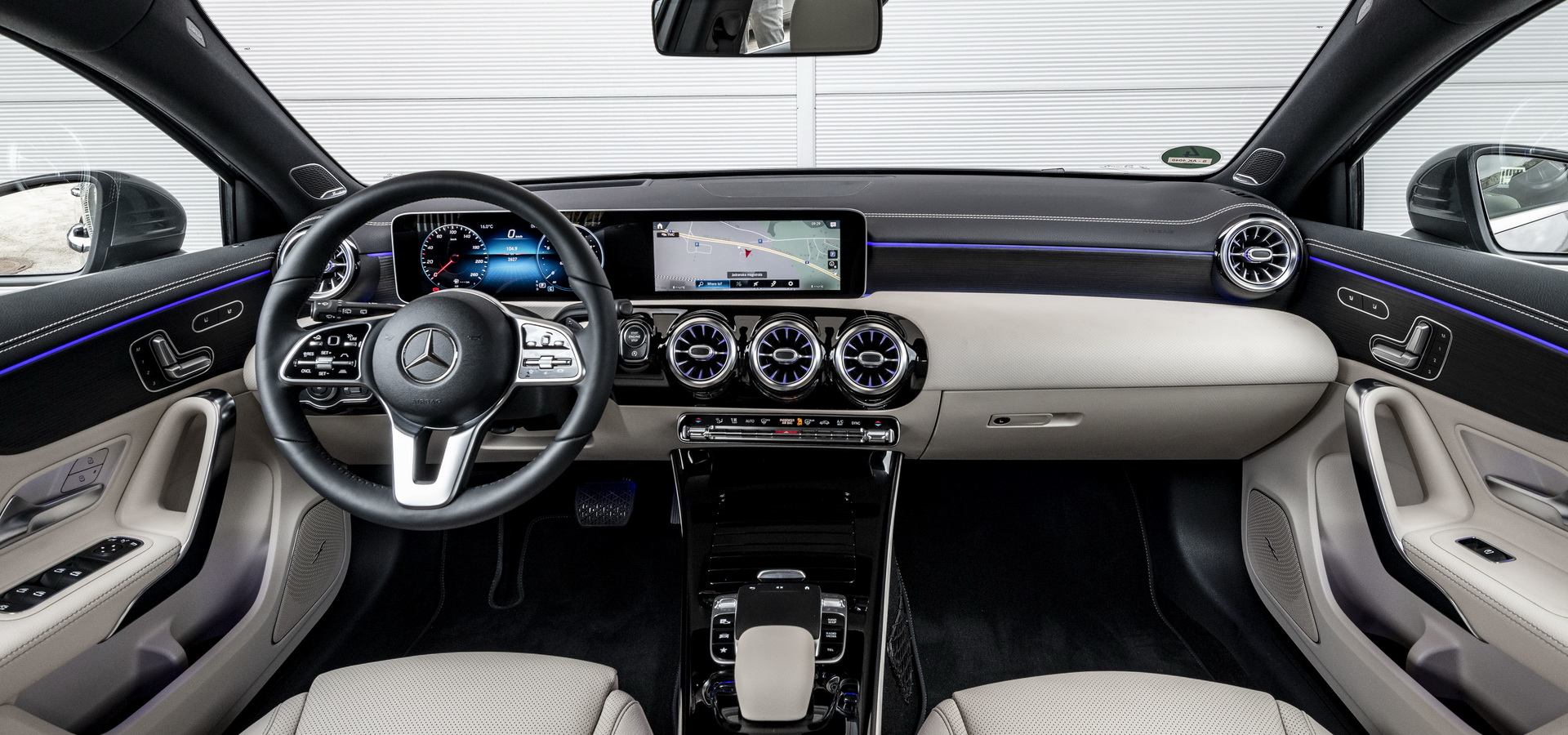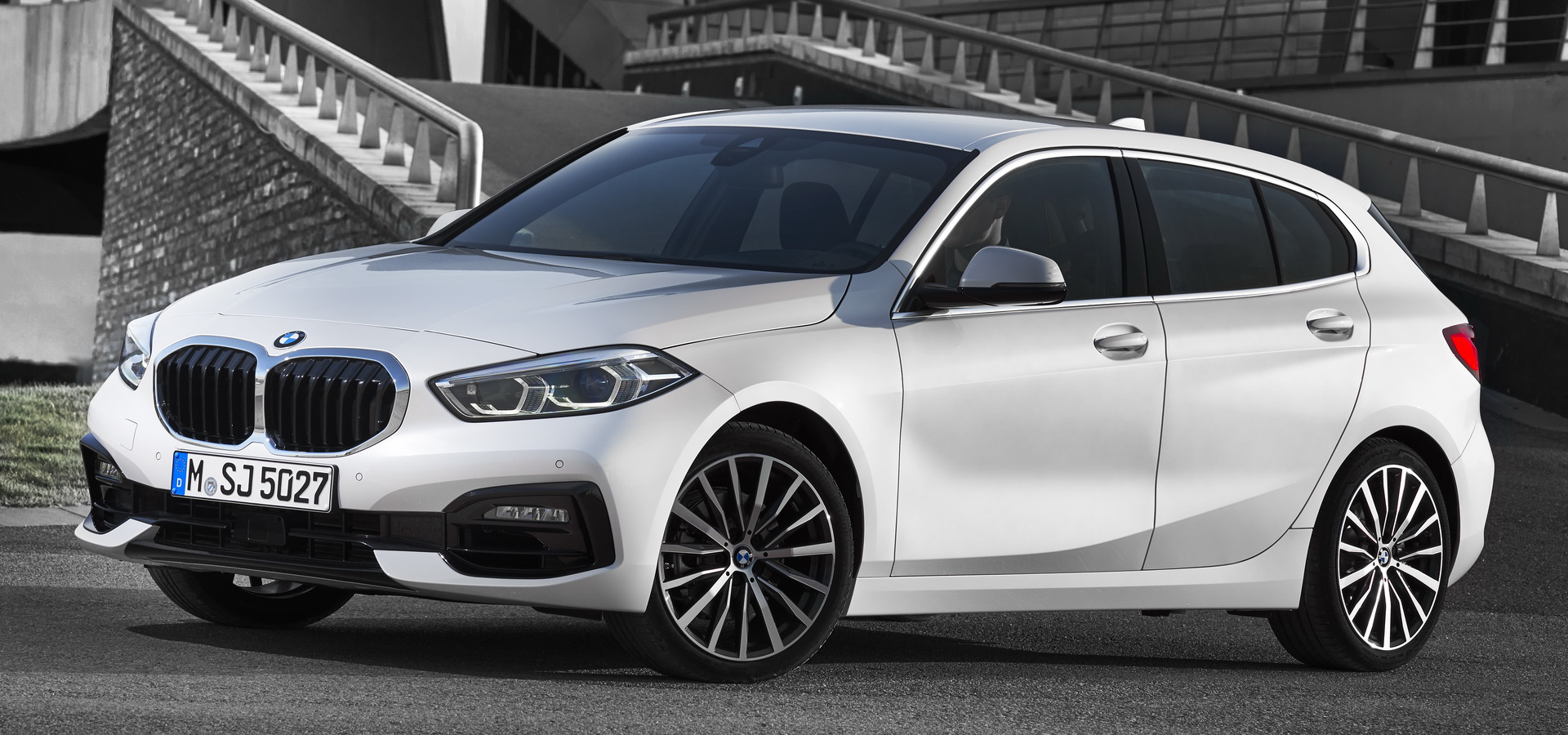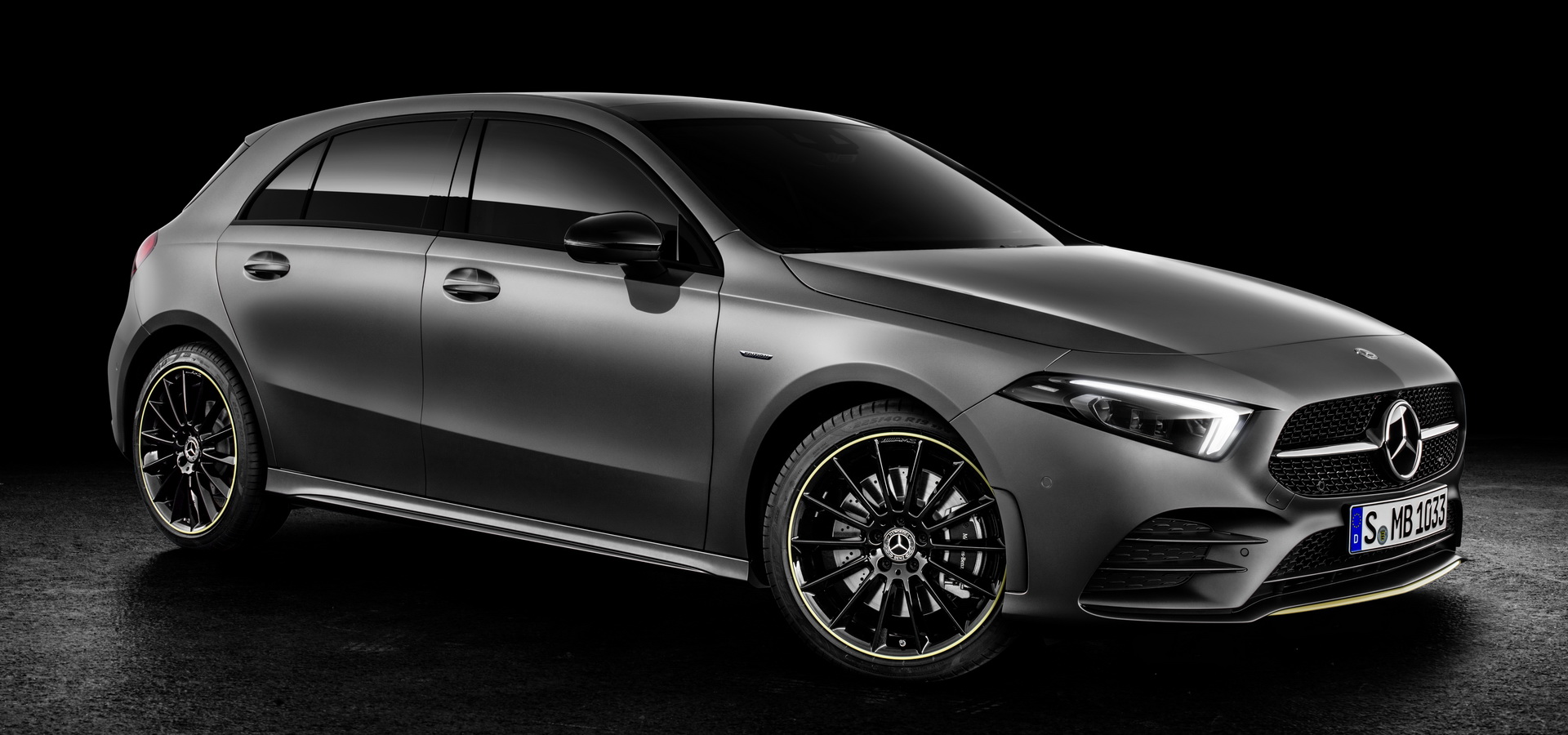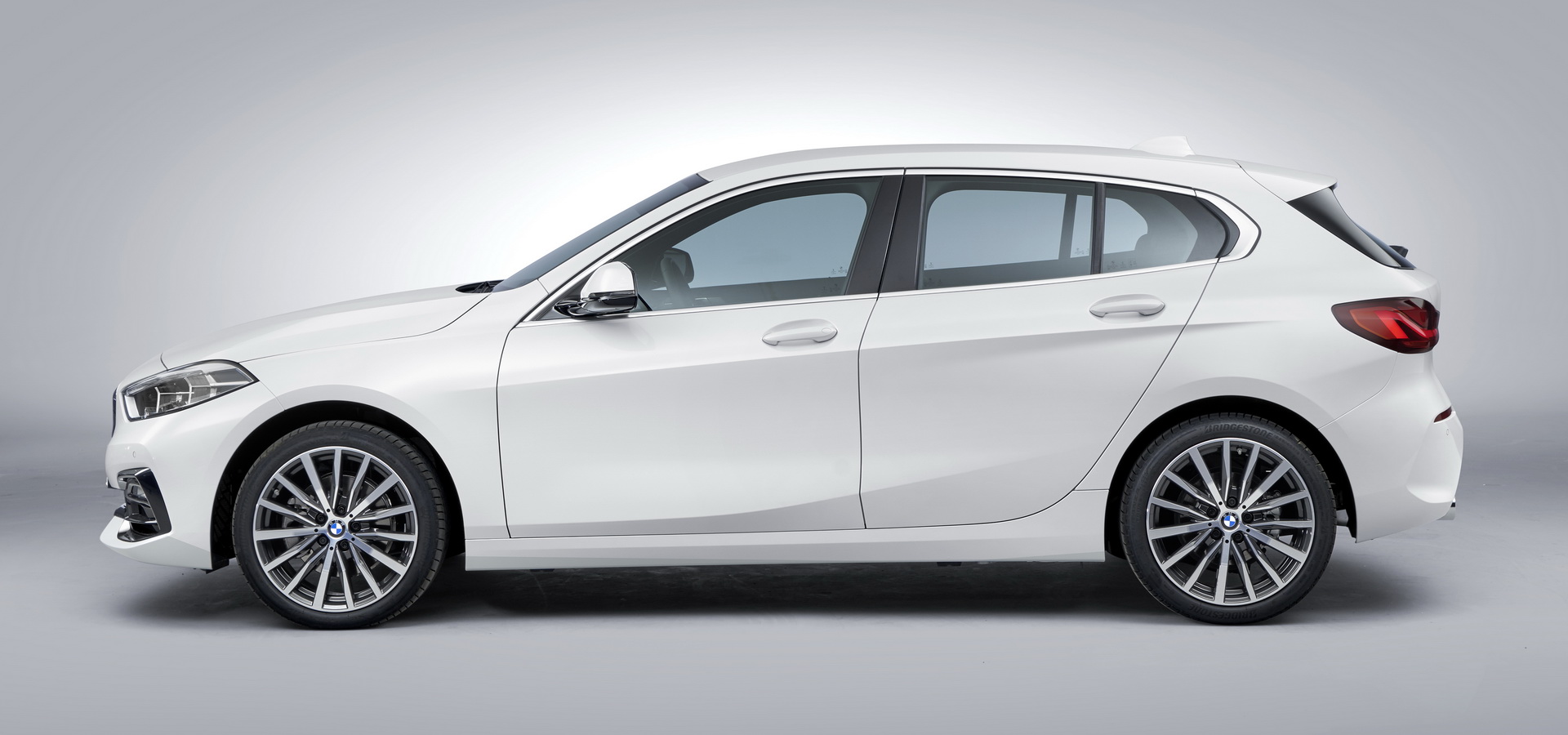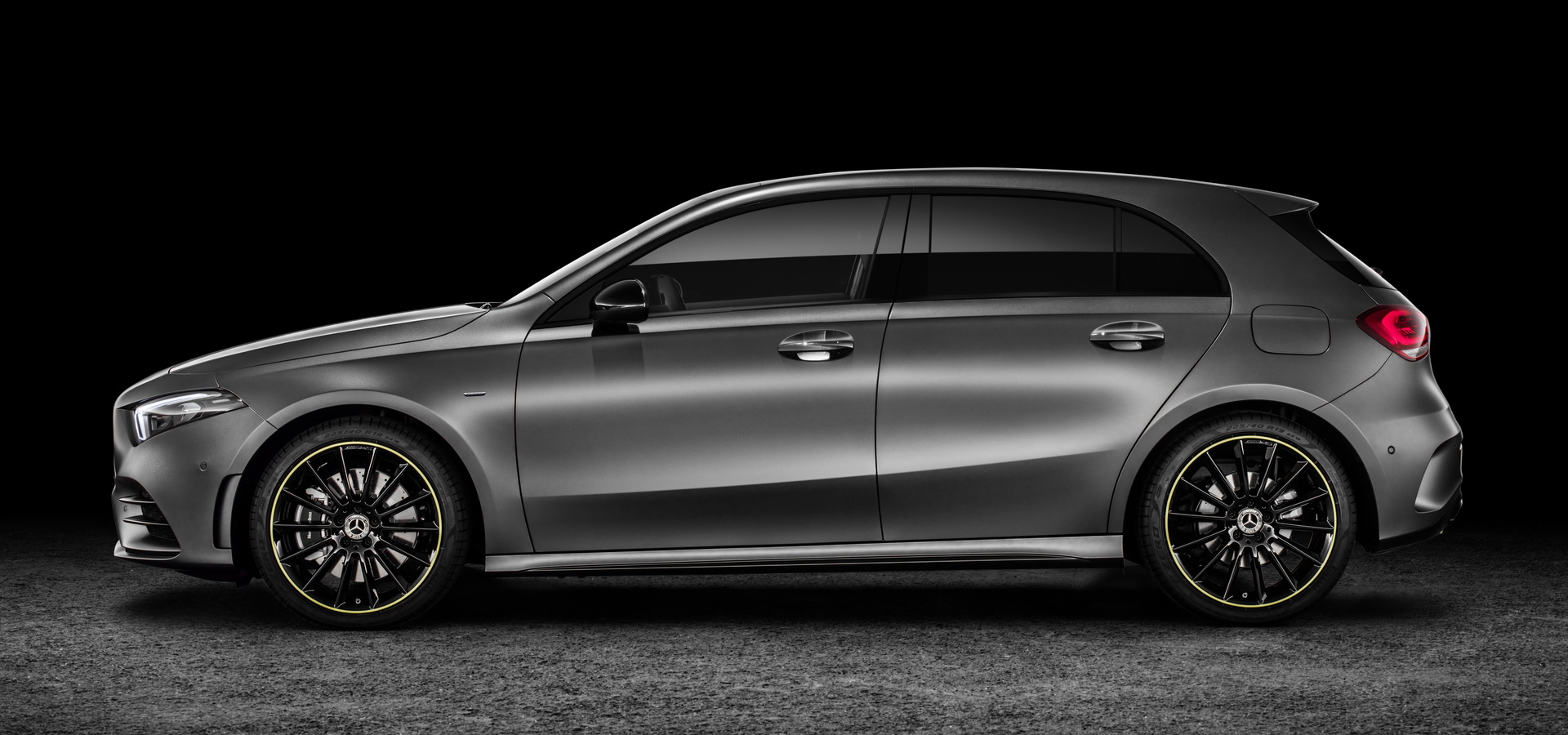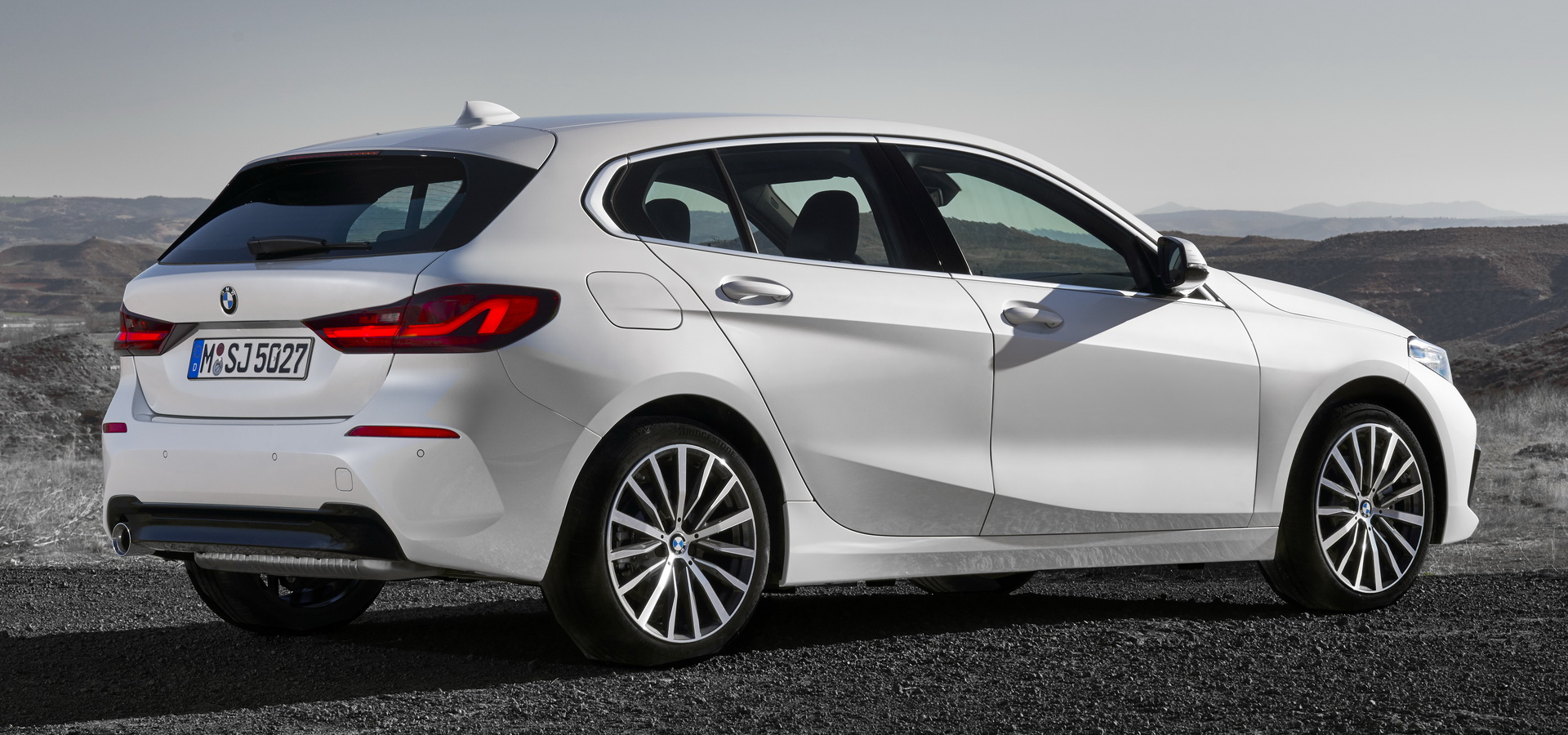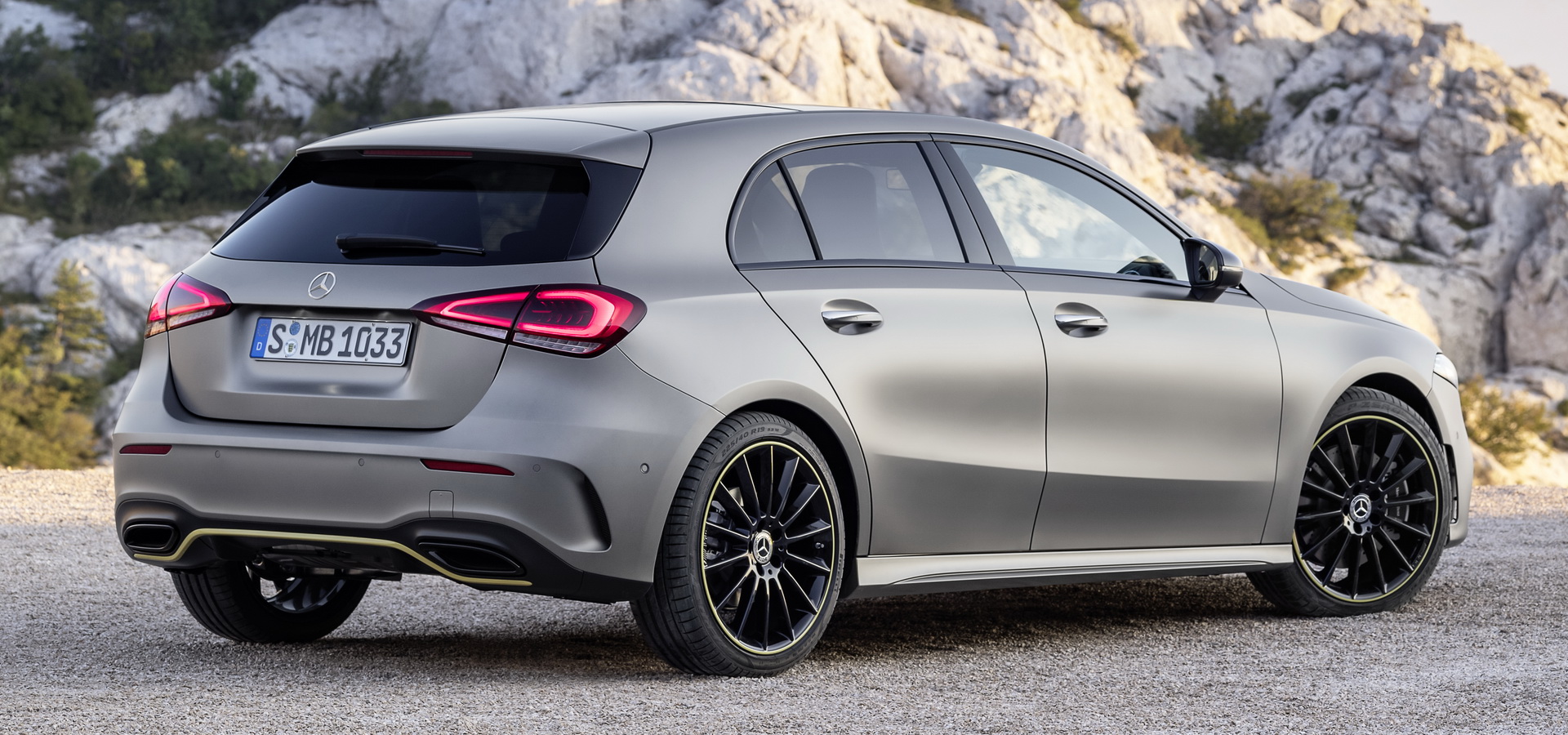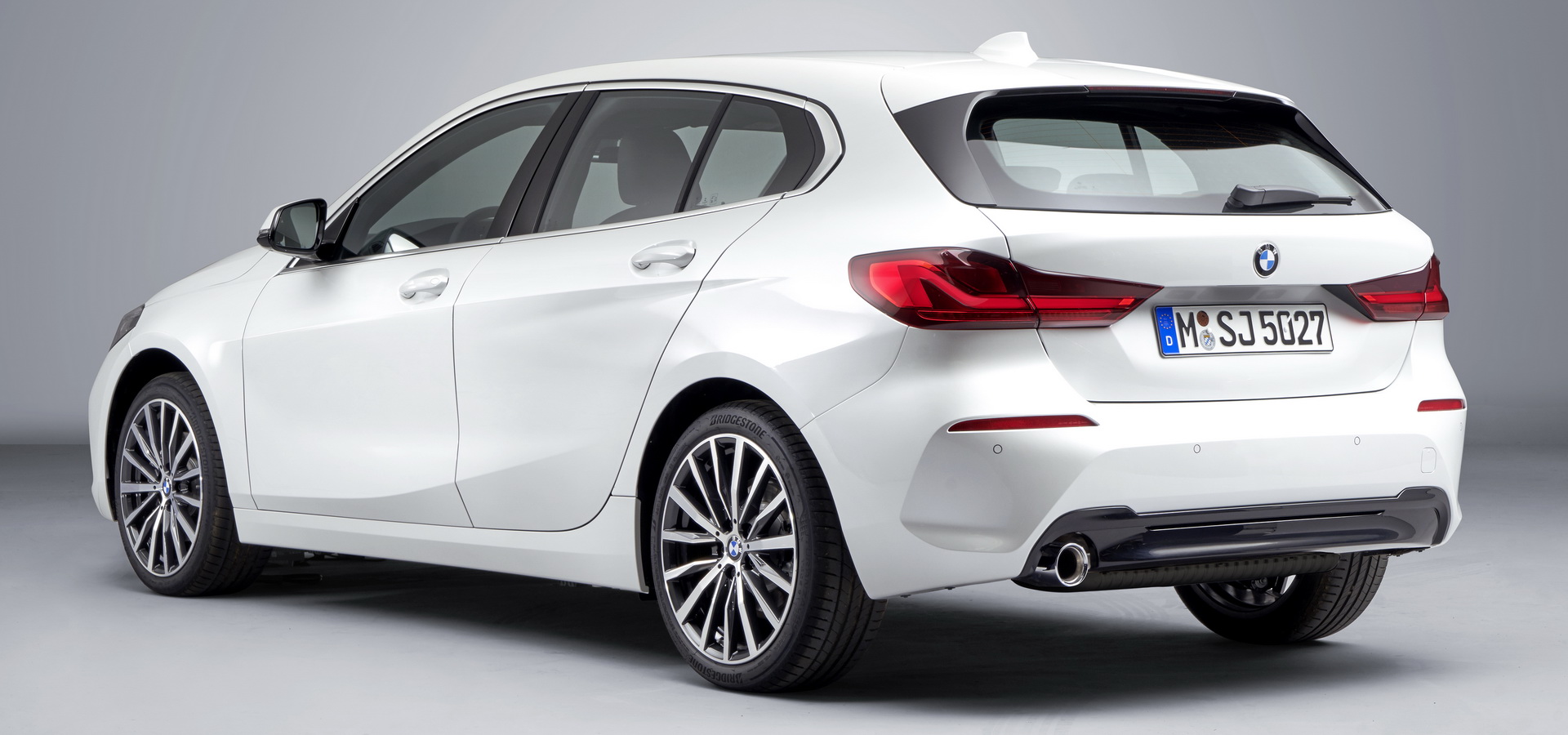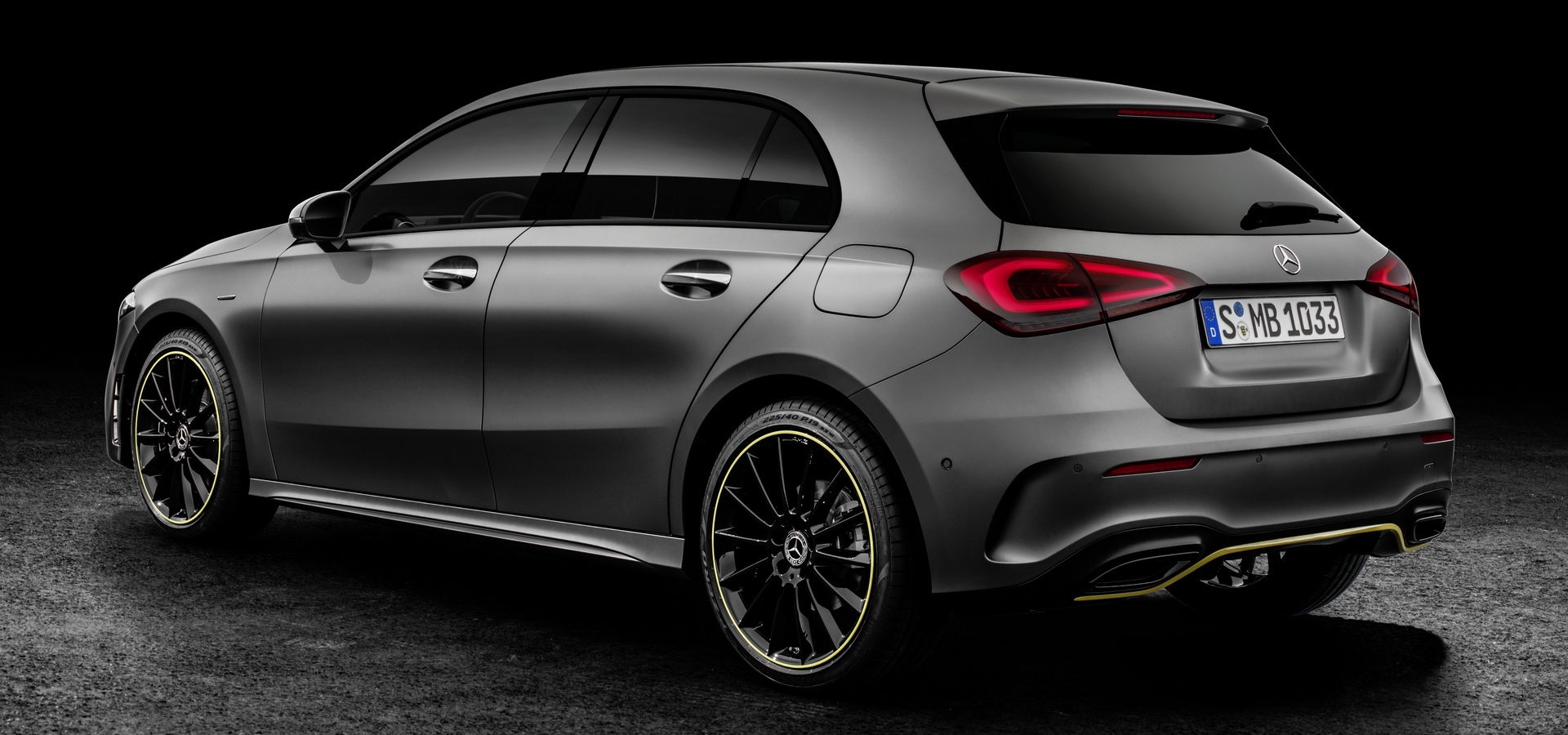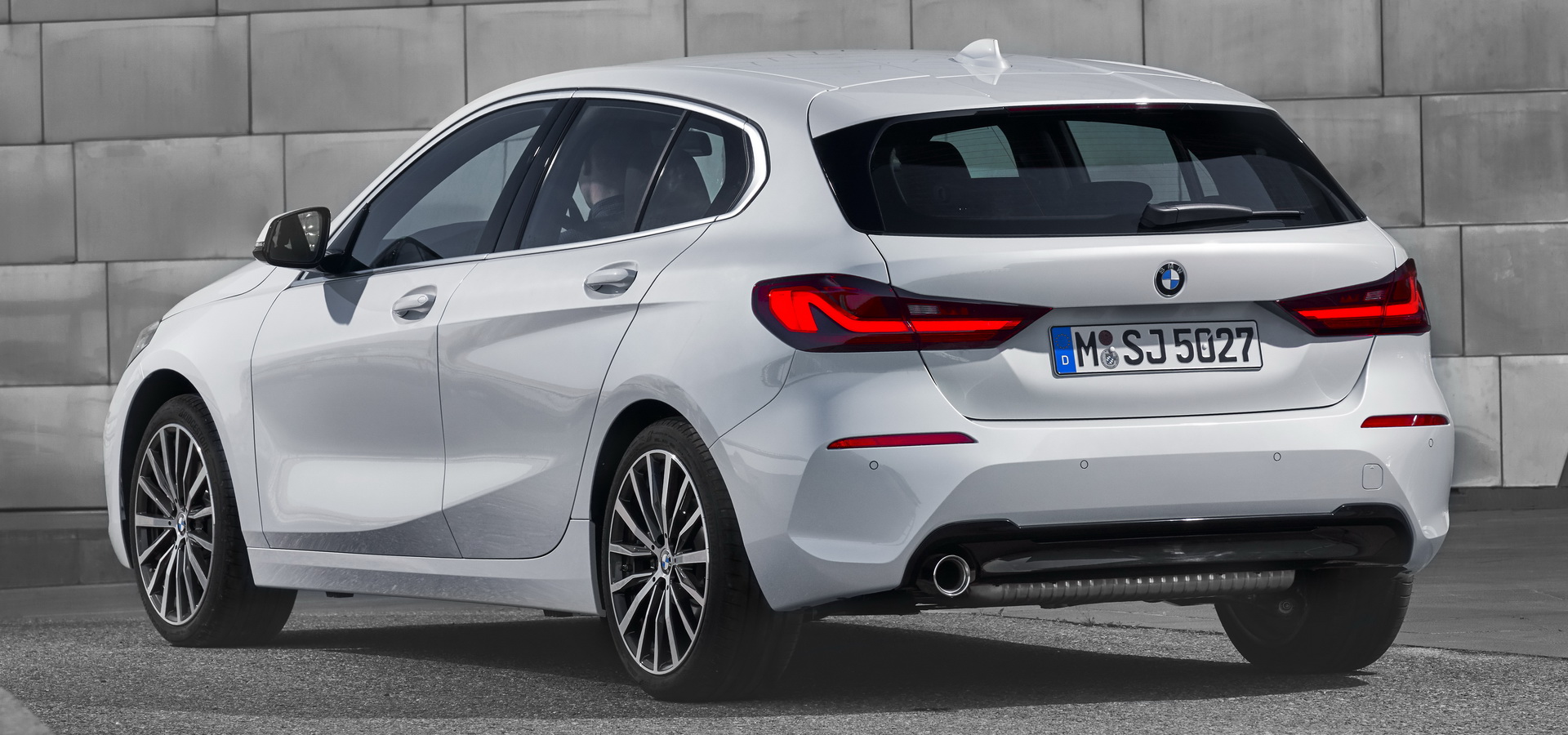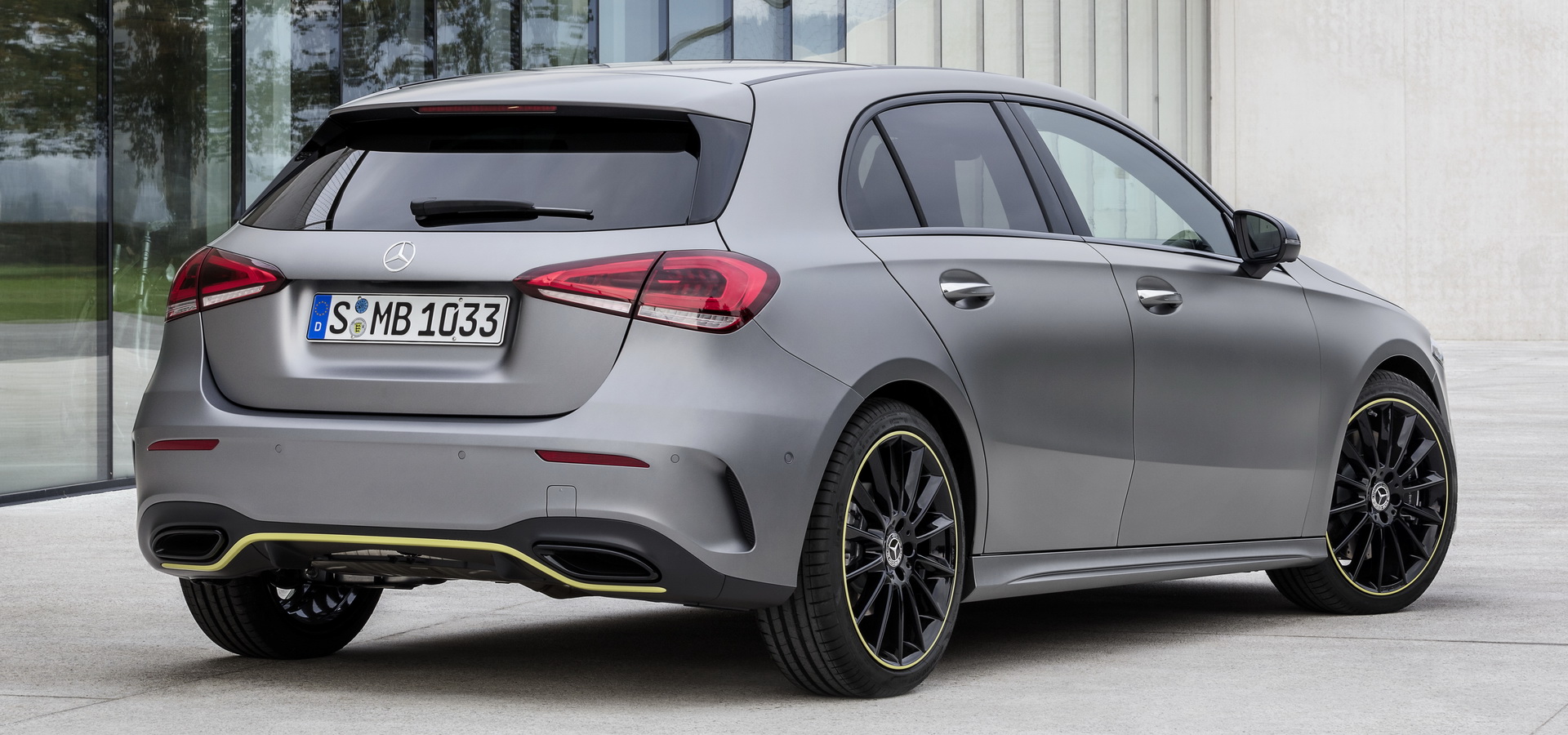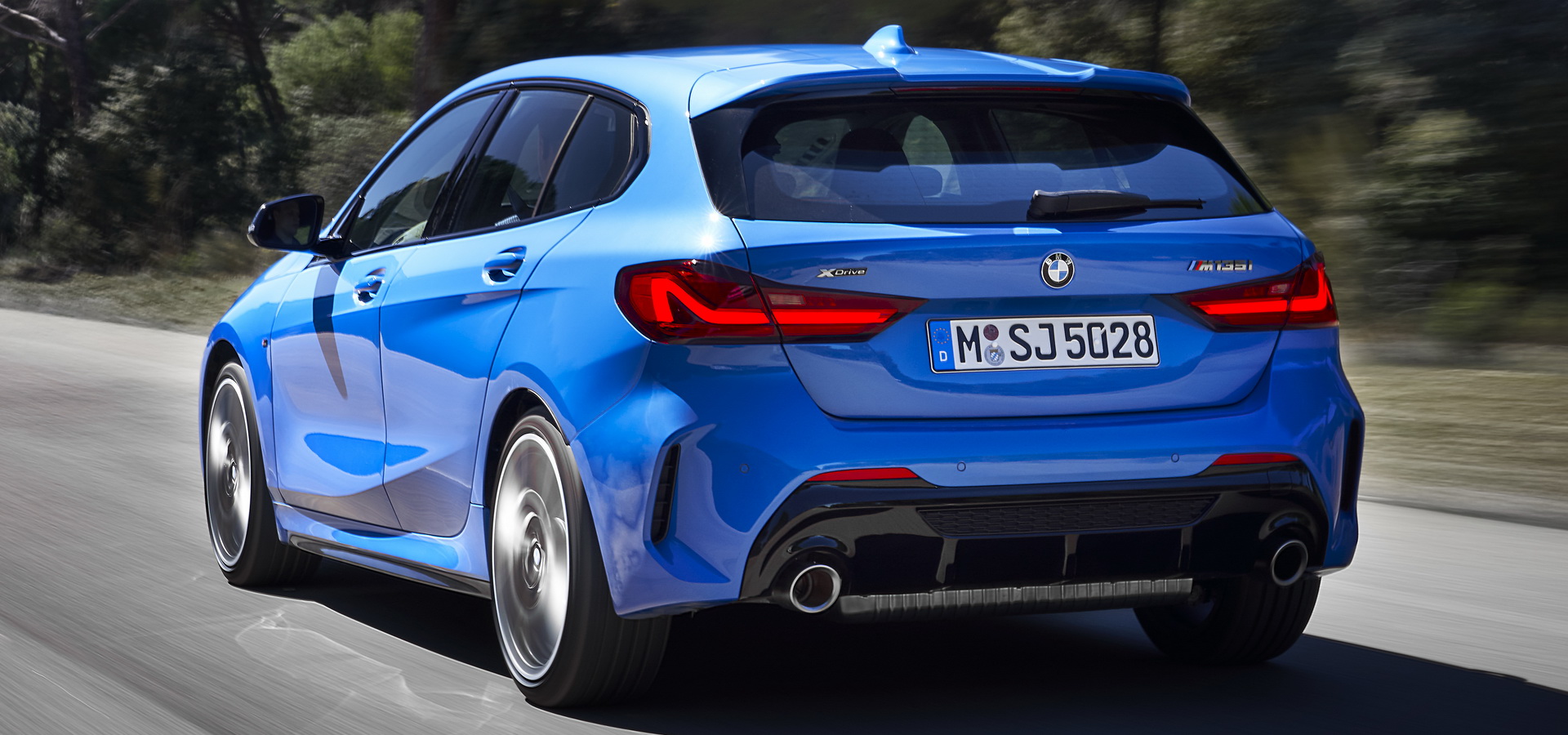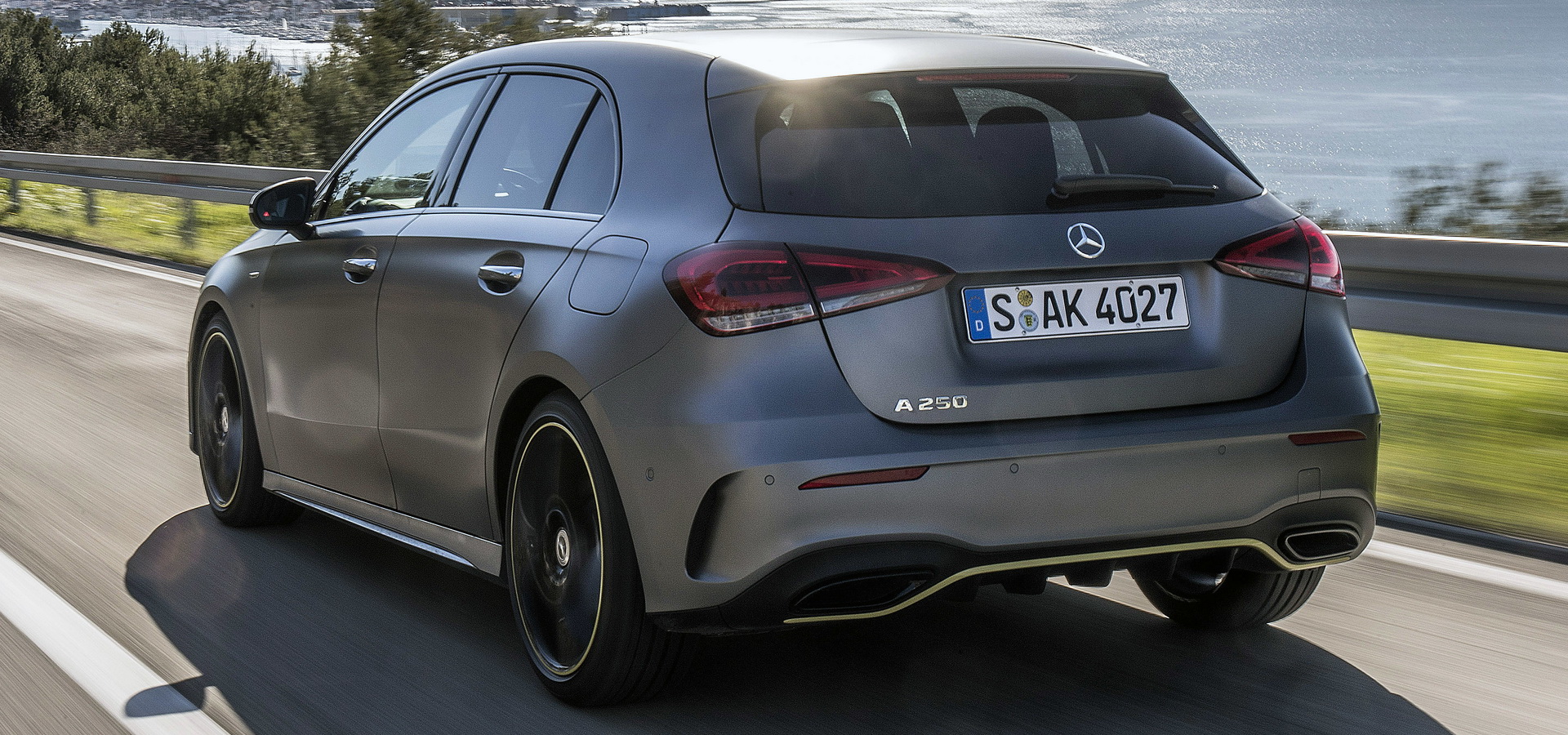We’ve come such a long way since the days of the E81 BMW 1-Series, the car that began Bavaria’s retaliation against the Audi A3 in the premium compact hatchback segment.
Of course, the E81 was perhaps too compact, as some might even call it small. It also had rear-wheel drive, which isn’t the most practical solution for this segment, at least not if you’re trying to accommodate adult passengers in the backseat.
Third time is the charm
BMW didn’t exactly get it right the second time around either, as the F20 1-Series still trailed its main rivals in terms of space because it was still RWD. Of course, some owners didn’t mind that at all, since it made the car more fun and enganing to drive, but not everybody is looking to feel like a boy-racer behind the wheel; in fact, most people don’t.
With their 3rd-generation 1-Series, BMW really does seem to have turned a corner, building a car that has a front-wheel drive architecture and thus is more roomy than the model it leaves behind. The all-new 1er features improved knee room in the back, extra headroom and more elbow room. The driver and front passenger also gain extra elbow room, while the trunk now holds 20 extra liters (0.7 cu.ft).
Of course, we’re not here to talk about the old 1-Series, but rather how the new one compares to its big rival, the latest Mercedes-Benz A-Class. Since we already threw out some interior measurements, you’ll be interested to know that the new 1-Series has an extra 10 liters (0.35 cu.ft) of trunk space compared to the A-Class.
Also read: BMW Wastes No Time Revealing New 1-Series M Performance Parts
Yet, we can’t go as far as to say that it’s potentially more comfortable than the Mercedes, because the BMW remains shorter (4,319 mm / 170 inches vs 4,436 mm / 174 inches) and has a smaller wheelbase (2,670 mm / 105 inches vs 2,729 mm / 107 inches).
In regards to styling, we could make a case for the new 1-Series being less original than the A-Class, seen as how it looks more like a shrunken X2, but we’ll let you decide whether BMW’s new design language works well with a compact body type. Overall, Mercedes’ compact proposal has a cleaner aesthetic, while the BMW is slightly more aggressive with sharper creases and lines.
Plenty of goodies to go around
Both offer buyers the very latest in segment-appropriate driver assistance systems and convenience tech. They even have equally-sized digital gauge clusters and infotainment screens, albeit designed very differently.
Some of the Bimmer’s most noteworthy systems include Collision and Pedestrian Warning with City Braking, Lane Departure Warning with Active Lane Return, Active Cruise Control, Lane Change Warning, Rear Collision Warning and more, such as the optional Park Distance Control and Parking Assistant function.
The Mercedes isn’t lacking in any of this stuff either, borrowing heavily from the flagship S-Class. It has features such as Active Distance Assist, Active Emergency Stop Assist, Active Lane Change Assist and Active Brake Assist, plus plenty of others.
Similar performance
For the sake of comparison, we’ll be looking at the all-new M135i xDrive and its main rival the A 35 4MATIC. As you can see, the numbers show just how similar they are:
BMW M135i – 2.0-liter 4-cyl, 306 PS (301 HP), 450 Nm (332 lb-ft), 0-100 km/h in 4.8 sec
Mercedes A 35 – 2.0-liter 4-cyl, 306 PS (301 HP), 400 Nm (295 lb-ft), 0-100 km/h in 4.7 sec
BMW will begin rolling out the new 1-Series this September in Europe, which means you still have plenty of time to decide between the two.



